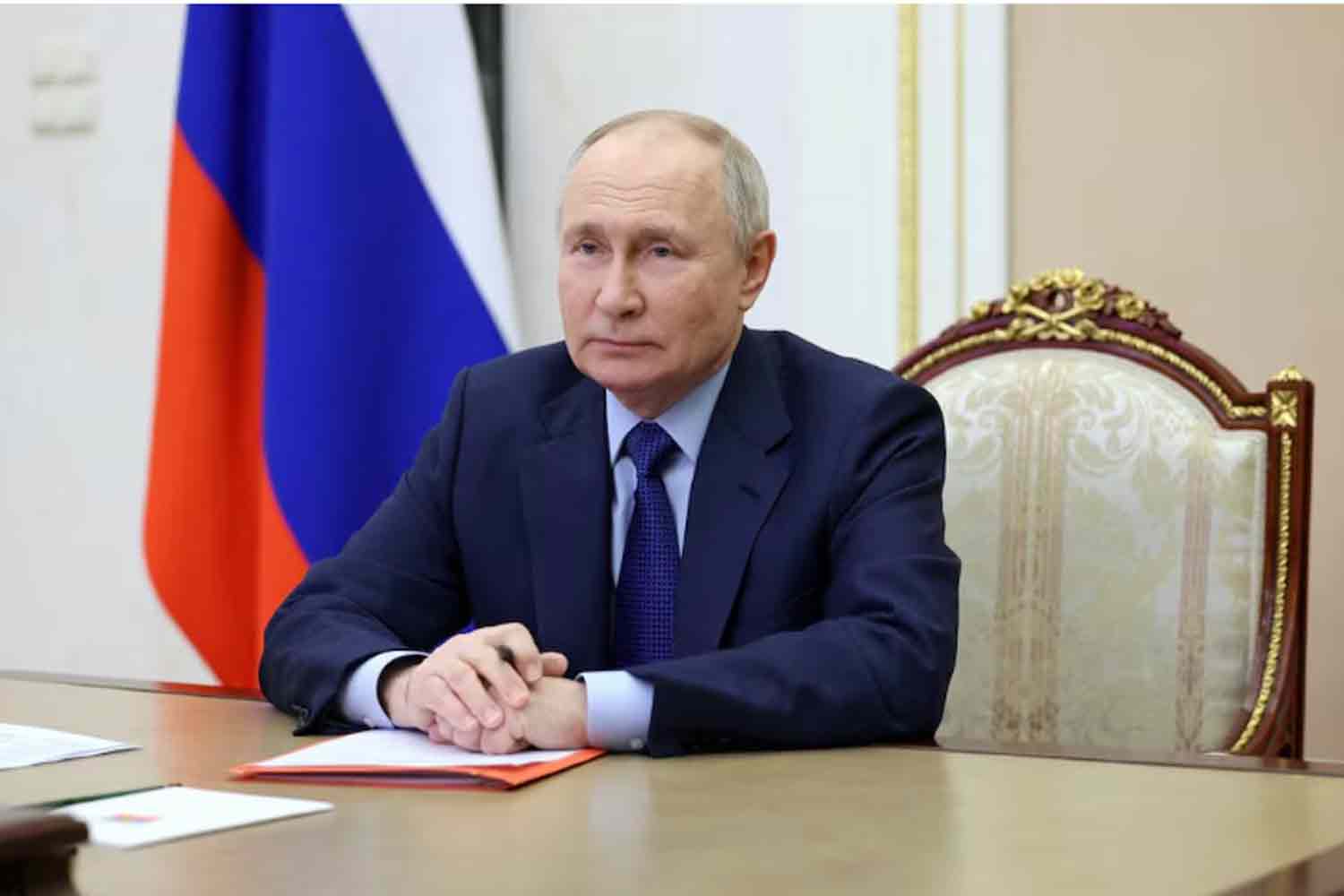On April 23, 2025, Newsweek published an article detailing the advancements of a significant defense initiative along NATO‘s eastern border, known as the ‘Drone Wall.’ This ambitious project aims to establish a continuous network of surveillance drones and counter-drone systems spanning nearly 3,000 kilometers from Norway to Poland.
In light of Russia’s military actions in Ukraine and the increasing threat of hybrid warfare in the area, this initiative represents one of the most extensive and costly security undertakings ever proposed in Europe. Spearheaded by Germany and backed by six NATO allies—Estonia, Latvia, Lithuania, Finland, Poland, and Norway—the Drone Wall is more than just a symbolic effort.
It is intended to function as a fully operational system, comprising multiple layers that feature AI-driven reconnaissance drones, ground sensors, mobile counter-drone units, and satellite surveillance capabilities. Its goal is to identify and neutralize threats in real time, including drone intrusions, GPS interference, and covert cross-border operations, while equipping NATO forces with timely and precise intelligence in their most vulnerable regions.
Martin Karkour, Chief Sales Officer at Quantum Systems—one of the primary German firms involved—stated, ‘This is not a symbolic wall. This is a real one.’ He emphasized that the necessary technology is already in place, and the project’s progression now hinges on political coordination at the EU or NATO level.
Quantum Systems is currently producing several hundred drones each month, including the Vector and Trinity Pro models, both designed for extended surveillance missions in challenging environments.
Friedrich Merz, the new chancellor of Germany, has prioritized defense by removing limits on military expenditure and extending robust support to local defense companies. This strategic change is part of a wider movement in Europe, where nations are striving to enhance their strategic independence in light of increasing doubts about U.S. security assurances, especially with Donald Trump’s return to the presidency and his ongoing demands for NATO allies to boost their defense spending.
The Baltic states, positioned at the forefront of the conflict with Russia, are pivotal in the initial stages of this initiative. In Estonia, the Estonian Defence Industry Cluster is overseeing the project, uniting various local defense technology enterprises. Notably, DefSecIntel Solutions has created the Erishield system, a comprehensive solution that combines AI, sophisticated sensors, and mobile counter-drone units to identify and neutralize threatening UAVs. Estonia has committed €12 million over three years to back this initiative.
Other firms, including Rantelon, Marduk Technologies, and Hevi Optronics, are also involved, working to ensure complete situational awareness along NATO’s eastern frontier, which encompasses the detection of smuggling activities and threats from aerial surveillance or sabotage.
Agnė Bilotaitė, the Lithuanian Minister of the Interior, characterized the Drone Wall as an innovative approach to border security, emphasizing its role in safeguarding against provocations from hostile nations. Finland and Norway are also involved, particularly in the northern sections of the border, where extreme weather necessitates robust technological solutions.
In Poland, efforts have commenced under the Shield-East initiative, which aims to establish 700 kilometers of fortified surveillance infrastructure. This initiative represents one of the initial tangible actions of a larger project, awaiting further political consensus at the NATO level to enhance and synchronize the overall system. Often dubbed the ‘world’s most expensive technological wall,’ this endeavor is viewed as a significant reaction to the changing landscape of military threats, where drones, electronic disruptions, and hybrid tactics increasingly influence security dynamics.
The leaders of the Drone Wall project aim not only to strengthen NATO’s defensive capabilities but also to demonstrate Europe’s ability to create and implement integrated, sovereign technological solutions.
The Drone Wall signifies much more than a mere response to the conflict in Ukraine. It embodies a significant strategic transformation in European defense policies, integrating technological advancements, multinational collaboration, and a renewed focus on strategic independence in response to an adversary that continues to navigate the ambiguous realms of contemporary warfare.
In addition to this aerial and digital strategy, traditional defensive measures are also being put in place: the Baltic states have initiated the construction of over 1,000 concrete bunkers, alongside trenches, anti-tank barriers, minefields, and ammunition storage facilities along their borders with Russia and Belarus.
This initiative, referred to as the Baltic Defense Line, seeks to enhance the technological aspect of the Drone Wall with a solid ground-based defense framework. Collectively, these systems have the potential to transform the long-term security landscape of NATO’s eastern border.
Discover more from Defence Talks | Defense News Hub, Military Updates, Security Insights
Subscribe to get the latest posts sent to your email.





